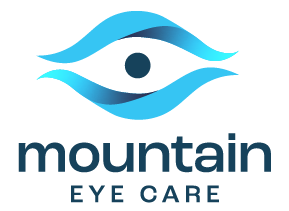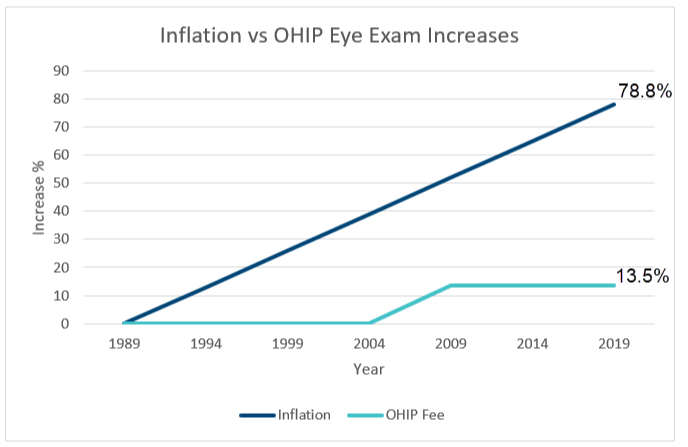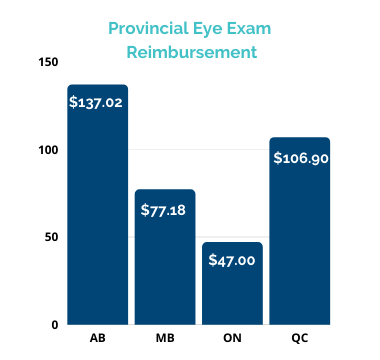Importance of properly fitting progressive lenses
If you’ve always been able to see close-up, but have difficulty now, and you’re over the age of 40, there is a good chance that you have developed a condition called presbyopia. Fortunately, presbyopia is not a condition that has to take over your life. At Mountain Eye Care, our professional team of optometrists is here for you, and all of your vision needs. We have state-of-the-art equipment to administer high-quality eye exams, and we work alongside some of the best and most popular glasses and sunglasses brands in the industry. If you are looking to learn about the importance of properly fitting progressive lenses, then you have come to the right place! In this blog by Mountain Eye Care, we share some information about the importance of progressive lenses that properly fit your face.
Click here to schedule your appointment at Mountain Eye Care today!
Having progressive lenses that properly fit can help
Presbyopia isn’t a condition that has to drastically change your life. The best way to adapt to this new challenge is to make an appointment with your eye doctor, who will most likely prescribe you a pair of progressive addition lenses.
Progressive lenses offer more advantages than bifocals, which only allow you to see better near and far, by allowing you to see clearly at all distances, near, far, and everything in between. Progressive lenses also eliminate the line in bifocals and make for a more seamless transition from looking in the distance to focusing on objects close-up. Of course, you’ll experience the benefits of progressive lenses most when they are properly adjusted to fit your frames and the way the frames fit your face.
What are the best frames for progressive lenses?
It is important to understand the impact your frame choice has on your lenses. Frame size is an important consideration when it comes to progressive lenses because certain progressive lenses work better in different sized frames. Since progressive lenses allow you to see at all distances, it is important that the entire range of vision can fit within the frame. Therefore, frames with a very short lens don’t tend to fit progressive lenses as well as frames with a larger lens. Lens shape is important, too. Progressive wearers should avoid aviators and cat-eyes because both can cut off the bottom portion of the prescription, resulting in a loss of reading vision. Instead, they should look for shorter frames with rounded edges such as horn-rimmed, retro wingtip, circular, and oval ones.
How can I tell if my progressive lenses are fitted properly?
About 80% of the problems people have with progressive lenses come from fitting errors. Once your glasses return from the lab, the optician will have you try them on to conduct a final adjustment check and make sure they properly fit. If the prescription is not centered in the lens, it can keep you from being able to see clearly. It’s crucial that the lenses match up with the wearer’s eyes, in particular, their pupils. This is accomplished through two measurements the opticians will take before ordering your new lenses: Pupillary Distance and Fitting Height. Pupillary Distance is the distance between the pupils. Fitting Height measures from the center of the pupil to the bottom of the lens for each eye.
There are many reasons why you should make sure that your progressive lenses fit your face properly. If you are looking to have your glasses fitted by a professional, then Mountain Eye Care can help! We encourage you to continue browsing through our website to learn more about our services at products.
Click here to find our contact information or to speak with a Mountain Eye Care representative.



